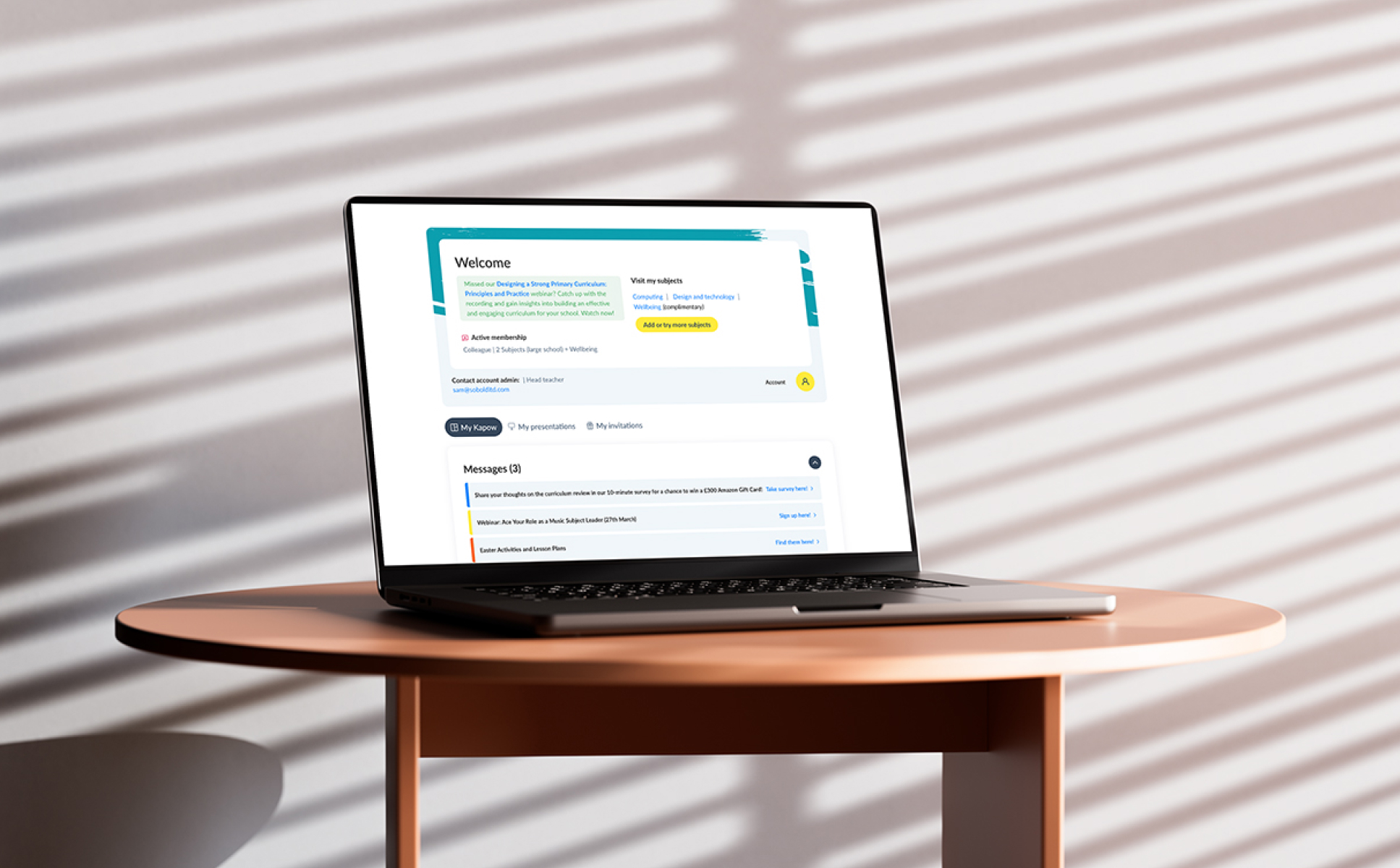When you’re tasked with selecting a content management system (CMS) for your business, you’ll likely appreciate that the number of viable options available can make things complicated. From Drupal, to Umbraco, to WordPress, there are plenty of quality technology platforms to choose from.
But finding the CMS that’s most suitable for your specific business is an important process that requires careful consideration and a lot of research. Of course, devoting sufficient time to this can be difficult when you have dozens of other priorities on your mind.
To ease this challenge for you, this article will make the process of choosing between two popular CMSs much simpler. In this new content series, we’re providing direct, objective comparisons between some of the leading options for CMSs today.
This second article of the series will look at the comparison between Umbraco and WordPress, and you can find links to the rest of the articles in this series at the bottom of this page.
The Platforms
A CMS is a software-based technology platform upon which you can build and manage websites and applications. While most CMSs are similar in terms of their fundamental functionality, they each have varying levels of complexity and development requirements.
Umbraco
It’s important to start by noting that Umbraco is a platform intended specifically for developers with a certain level of technical proficiency.
When you first set up Umbraco, it won’t be approachable for the average marketing manager or any other non-technical users. Initially, much of the key functionality expected from a CMS will be missing. The purpose of this is to encourage you to spend time and money developing the platform. Often, this has been known to rule out Umbraco as a viable option for a lot of businesses.
To get full value out of Umbraco, you’ll almost certainly need to hire someone – either an agency partner or an in-house developer – to help you get things up and running.
Having said that, no matter which CMS you choose, you’ll be significantly better off working with a platform-specific web development agency supporting you. For most businesses, an agency plays a crucial role in helping you implement your new system and develop your site (but more on that later).
WordPress
WordPress is the polar opposite of Umbraco, in the sense that it’s designed so that anyone – even if you have no previous content management experience – can use it easily. That’s why it’s the most popular CMS available today, with around 45% of all websites on the Internet built using the platform.
Almost everything you need to manage the day-to-day responsibilities of your website comes readily available in the software, making it much more suitable for a wider range of businesses.
This allows you to begin building immediately and facilitates a quick time-to-market for your websites and applications. WordPress’s rich, dynamic features that come pre-existing with the platform “out-of-the-box” are to thank for that.
Content Management and Usability
You should consider ease-of-use as a key indication of whether or not you want to invest in a CMS. If a CMS doesn’t offer simple, intuitive usability, you’re probably better off avoiding it.
Umbraco’s Usability
As mentioned above, in its initial state, Umbraco can be very difficult to work with for the average user. It’s mostly intended for more technical users who have coding skills or some development experience to build the infrastructure.
However, once you’ve invested sufficient time and money into tailoring the platform to your own preferences, it becomes a great tool for publishing and editing content on a website. Umbraco has a wealth of features that allow you to create high quality websites and dynamic web pages.
On a side note, if you’re a Microsoft user, you’ll be pleased to see some similarities in the structure of Umbraco’s user interface (UI).
WordPress’s Usability
WordPress is far more straightforward when it comes to usability. It provides you with a convenient, efficient user interface (UI) that allows seamless publishing, management, and editing of content on your sites.
It’s simple editing content on a page-by-page basis in WordPress, which saves you valuable time, with a handy block-based design.
The ease-of-use makes it possible to share responsibilities across your team, even if some of you don’t have any previous experience with a CMS, unlike the more technical Umbraco platform.
Customisation
Customisation with Umbraco
Umbraco is known for being highly customisable and flexible. It’s best used as a clean slate for developers to tailor to the business’s requirements. However, this isn’t easy to do for the average user.
As mentioned earlier, Umbraco isn’t suitable for the average CMS user in its initial state. Unlike most CMSs, you’re required to spend some time customising Umbraco in order to make it into a platform that’s approachable and easy-to-use. Once you’ve done that, however, Umbraco can become an excellent CMS with great content editing capabilities.
Customisation with WordPress
WordPress allows you to customise it to your own liking as well. The difference here is that you don’t need to change much about WordPress’s set of tools and features before you can begin using it comfortably.
This allows you to create quality content from day one, with the freedom and flexibility to make adjustments to the platform as and when you require. WordPress is also an easier platform to upgrade with custom features due to the quality of its community-sourced plugins.
How Secure is Each Platform?
Cyber security is becoming a greater concern each day for businesses. Choosing a platform that delivers robust security should be a top priority, so you can have full confidence in the protection of your data.
Umbraco’s Security
Umbraco comes with a high level of in-built security. The software is based on Microsoft’s .NET platform, which gives it support from Code Access Security (CAS). Working alongside that CAS, Umbraco provides identity-based security, and that makes it considerably more secure than the average CMS.
Having said that, you shouldn’t let this act as an excuse for your agency partner to take security for granted. Every web development project should be approached with security at the core, no matter what in-built protection the platform has.
It’s also important to note that Umbraco is an open-source platform, meaning a community of developers regularly creates updates and new features within the software. This means that any new additions should be tested carefully for security in case they create new vulnerabilities.
WordPress’s Security
While it is generally very secure, WordPress is another open-source platform backed by an active developer community. It’s important to be cautious of the raft of new features, updates, and plugins that are regularly released.
From a security perspective, be mindful of plugins, both in terms of where they come from and ensuring they’re correctly tested, maintained, and updated. For any CMS, these issues are best left to an experienced agency partner who has the expertise to minimise these risks for you.
Aside from that, WordPress does offer enterprise-grade security, with organisations like globally renowned pharmaceutical company Hutch Med and leading venture capitalist firm Balderton Capital using it today.
How Scalable is Each Platform?
Scalability should be another important part of your criteria when selecting a CMS. Fast, agile expansion is crucial for the platform, just as they are for your business as it grows.
Therefore, you need your digital infrastructure to be able to scale cost-effectively with more pages, additional functionality, and perhaps even more sites.
Scalability with Umbraco
Umbraco’s scalability is one of its strengths. With Umbraco, your site can seamlessly evolve as your business grows and your requirements change.
It’s especially useful for teams that need to manage a high volume of pages simultaneously, making it very suitable for large businesses.
Scalability with WordPress
In the past, WordPress mistakenly had a reputation among some for being most suitable for smaller businesses. However, its excellent scalability proves that to be nothing more than a myth.
Just like Umbraco, WordPress is agile and scalable enough to grow alongside your business and adapt to your changing requirements.
Cost and TCO
A CMS is a big investment, and should be considered a long-term one. In order to ensure you’re achieving a strong return on investment (ROI), it’s helpful to find a platform that offers good value and a low total cost of ownership (TCO).
When assessing this, it’s important to factor in costs such as hosting, licenses, agency fees, maintenance, bespoke development, and more.
Umbraco’s Up-Front Work and Ongoing Costs
Because it’s open-source, Umbraco can be free-to-use.
However, as mentioned earlier, it’s a platform that requires a great deal of technical expertise and initial development work. That will typically involve longer timelines with your agency than other CMSs, which inevitably mean high costs. Because it’s a complex platform, you’ll also face higher costs whenever you need to develop new functionality or work on integrations.
WordPress Value and TCO
WordPress comes with a far lower TCO than most other CMS options. Its ease-of-use and flexibility out-of-the-box make it a very cost-effective platform.
WordPress licenses are free, so your implementation costs would be limited to just hosting, agency fees, and post-deployment support.
Any plugins or extensions you want to apply to the platform will be licensed and paid for separately, but it’s unlikely you’ll need to add many new capabilities because it’s such a feature-rich platform by itself.
Developer Communities
If a technology platform is supported by a strong community of developers, that will be highly beneficial to your business. Dedicated users from around the world work hard to continuously create improvements, additions, and updates to help the software become the best it can be.
Umbraco’s Community
Umbraco has been around since the year 2000, making it one of the oldest CMSs. That means it’s had a long time for a large, skilled community of developers to grow around it.
As touched on earlier, Umbraco is built on a Microsoft-based infrastructure, using a C# framework, and is the most popular platform of this kind.
However, it’s important to note that Umbraco is facing some decline. More popular platforms, like WordPress, gaining widespread adoption have seen developments with Umbraco slow down in recent years.
WordPress’s Community
WordPress has a healthy global community devoted to constantly improving the platform.
WordPress developers are renowned for their creativity, producing a wealth of innovative new themes and plugins that can be used by any business with ease.
The WordPress community also regularly holds free events to help people learn more about how to use the platform. For instance, WordCamp is a non-profit event that has been running since 2006 across several continents.
The Important Role of an Agency
As touched on throughout this article, another factor which will influence the success of any projects with your chosen CMS is a development agency.
When finding the right CMS is such a challenge by itself, many businesses underestimate the importance of finding the right agency partner to support you with your CMS.
But as mentioned earlier, how well you handle critical aspects of the platform like security, testing, usability, and even your TCO are often determined by your agency.
With Umbraco, all the platform’s functionality has to be custom coded, which makes development time in the back-end longer than most businesses expect. This also makes Umbraco difficult to work with internally, as well as for any maintenance and updates. When working with an agency, this will see your costs increase when compared to WordPress technology.
Whichever CMS you pick, they’re all considerably easier to use, and to achieve healthy ROI, with a specialist partner supporting you. Finding an agency with the right experience and expertise to help you unlock the full potential of your platform should be another important part of your overall decision.
Making Your Decision
So, how do you take all these comparisons and decide which CMS is right for your business?
In all honesty, both Umbraco and WordPress are both good options that would work well for most businesses. Although, it is generally accepted that Umbraco is a less approachable platform than WordPress unless you have technical skills within your team.
In order to determine which one will be more suitable, it’s useful to look at each of the characteristics listed in this article in relation to your unique requirements and business needs.
Remember that every business, and every web development project, is different. Think carefully about your specific strategic objectives, budget, users, technical specifications, and any other important factors. That should make it clear which CMS is the better choice to deliver what you’re looking for.
If you need more help in your evaluation of the various CMS options:






